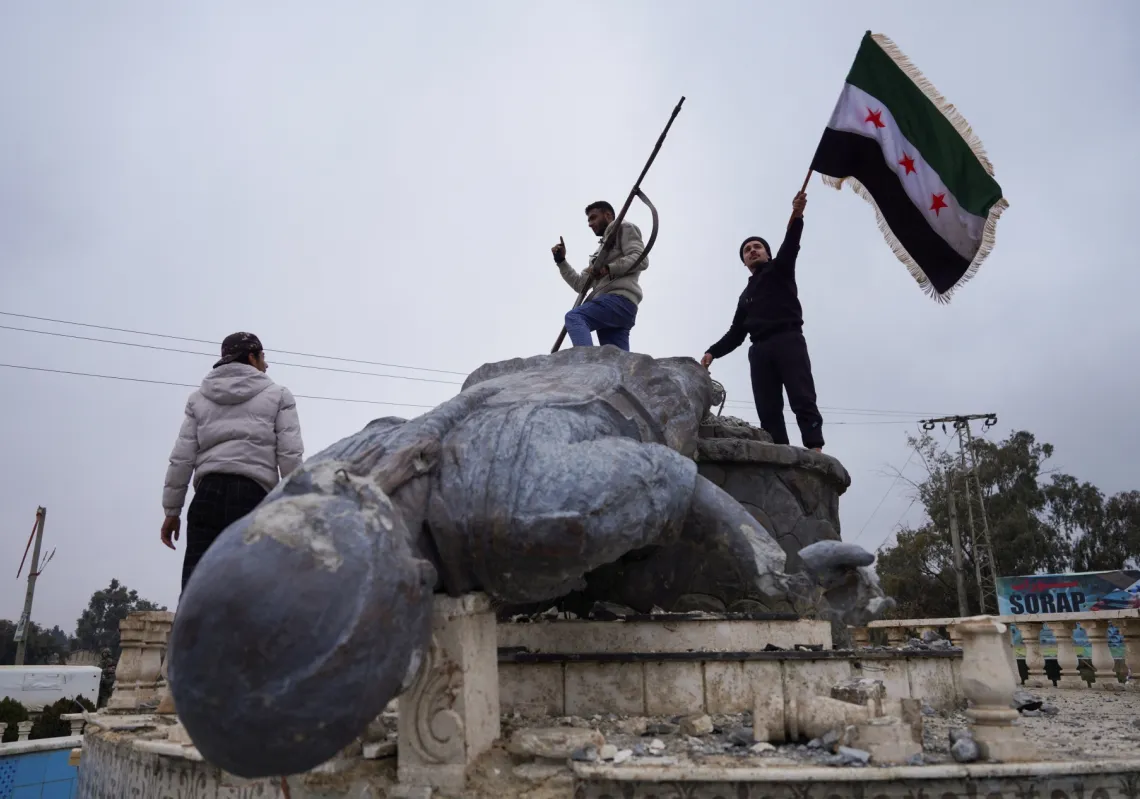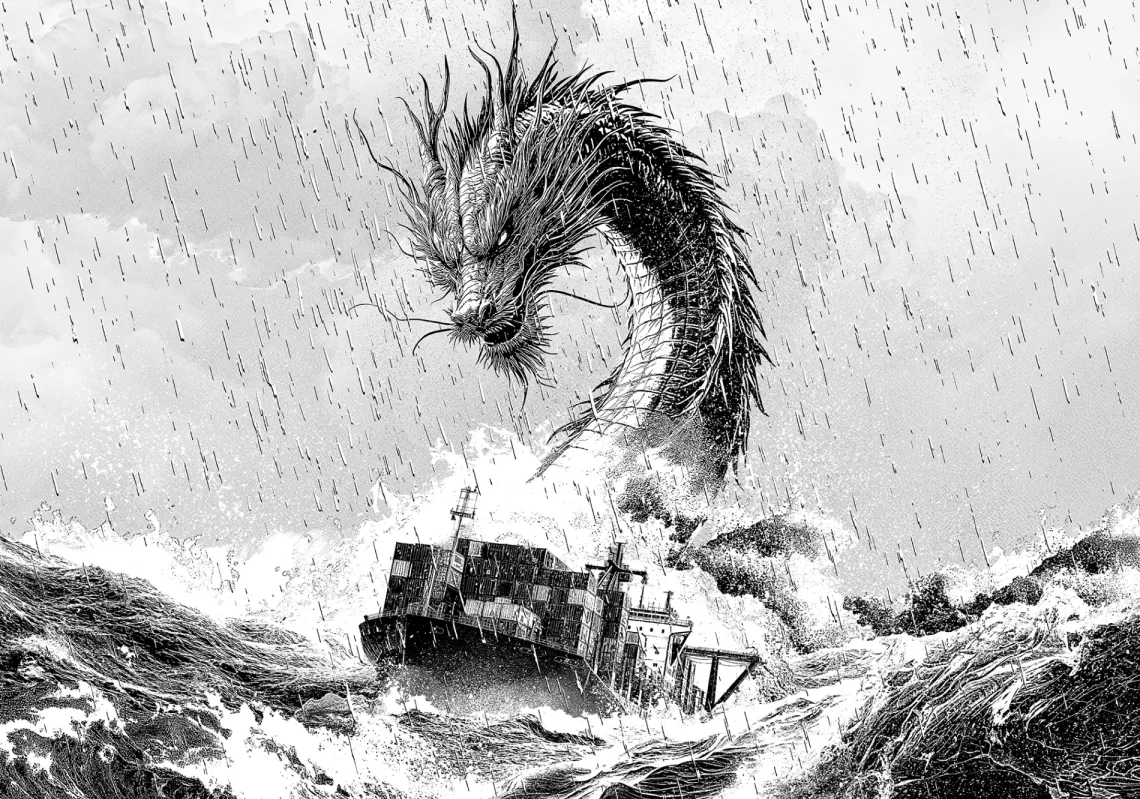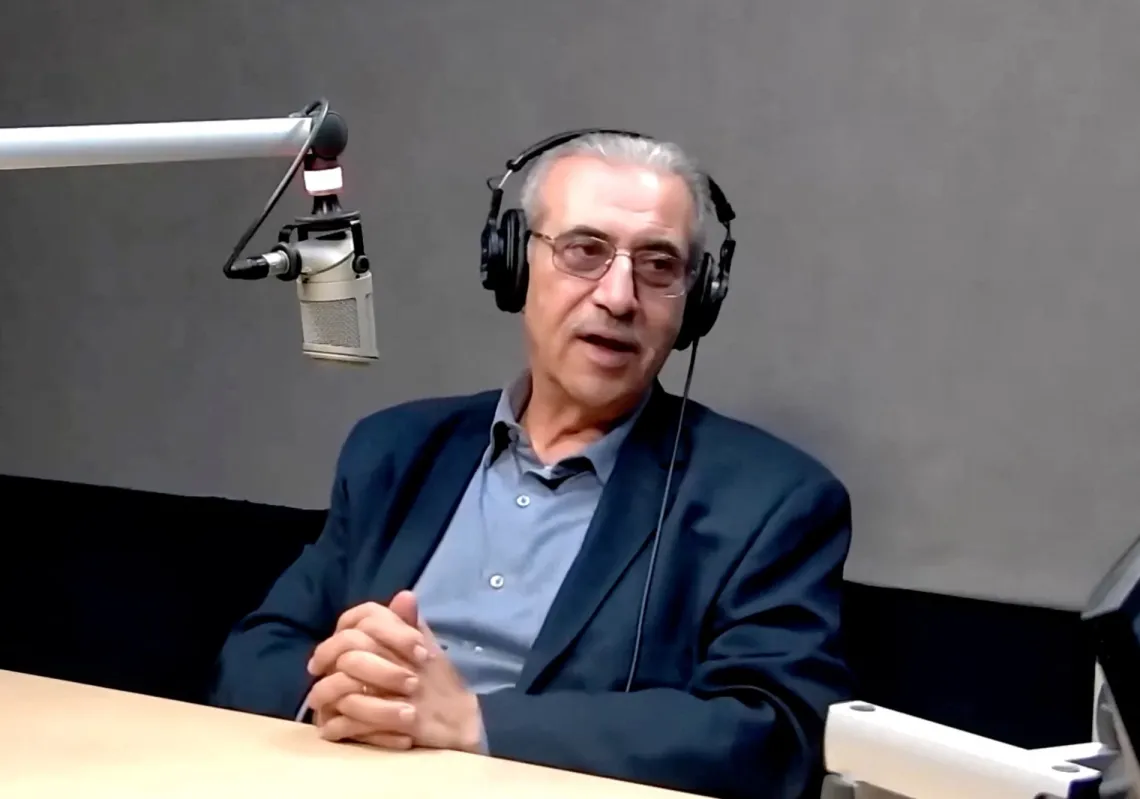It was the fate of a child, in another war entirely, that led Blinne Ní Ghrálaigh towards her career in law. In 1976, Majella O'Hare, a young girl of 12 from County Armagh, was shot in the back and killed by a British soldier.
"I was 12 years old myself," says the barrister, "when I found a pamphlet about Majella O'Hare in one of my mother's bookcases. I saw the picture of the young girl on the front and saw her age, and I read it from cover to cover. I read about how she died in the arms of her father after he heard the shot and went running to her."
"I think it was her age, the fact that nobody had been held accountable, and the circumstances of the killing – that she had been shot as she walked along a country road with a group of other children, going to Confession at the local chapel – that particularly outraged my convent schoolgirl sensibilities at the time."
Ní Ghrálaigh went to her mother in tears and asked how such a terrible thing could be allowed to happen. Her mother's response to her young daughter was: Do something about it.
"I often think about my mother's response. Her words struck a very profound chord. And I've hung on to that pamphlet over all these years. It's now framed above my work desk as a reminder of what brought me here."
By 2009, in the aftermath of Israel's Operation Cast Lead, Ní Ghrálaigh was in the Gaza Strip. She had arrived there on a legal fact-finding mission.
"The level of devastation and trauma I witnessed in Gaza is hard to put into words. It was one of the experiences of my professional life that has marked me the most," she says.
A year after that particular episode in Gaza's long ordeal, three photographers visited the strip to photograph its younger inhabitants.
The resulting book, Ten Days in Gaza, is a beautiful and unbearably sad record of the children who must by now be young adults if they are alive at all.
The pictures are a portent of the images we are seeing today, as part of the real-time broadcast. There are familiar scenes of destruction, the carts drawn by horses, the rubbish of a war yet to be cleared before the next bombs fall… and, among the rubbish, a wrecked playing ground and upturned slide.

The photographer described how, when the children came, they walked past in the middle distance, ghostlike. But for the most part, the difference between these shots and the present glut of images is their intimacy. It's immediately obvious how much the children trusted the men recording them.
Many of them are smiling happily like this girl.

Another image shows three barefoot girls beneath scrawled wedding messages in Beit Lahiya in northern Gaza – the middle one struggling to arrange her fingers into a victory sign.

Others are filled with inexpressible sadness, such as one boy who showed the photographer a shell hole in the wall and said it had only just missed him.

Perhaps the saddest image, however, is of a young girl in Gaza City, taken by Anthony Dawton. She is standing in the remnants of her former house, a toy mobile phone hung around her neck. "I was told her mother had been killed when the house was bombed and that the girl had tried to call her on her 'phone'", he said.
James Elder, a spokesperson for the United Nations Children's Fund (Unicef), has described the present conflict as a war on children: 'As soon as you drive through the north, you get that universal gesture of hunger of people putting their hands to their mouths."
"A lot of children, women with very gaunt faces. In Khan Younis, there is utter annihilation… We are seeing severe malnutrition cases … Children who are on the brink of death, just skin and bones … and these are the ones who have managed to get to hospital."
In an interview with Cathy Newman on Channel 4 News, Elder told the story of one particular boy who had lost both his parents and a twin brother to the Israeli bombardment. His own speech became agitated as he described the boy, and at one point, he addressed his interlocutor as 'Gaza' when he meant 'Cathy'.
"…he (the boy) would close his eyes for long periods when he would speak, and I would ask his auntie why, and she just said he's terrified that he will forget what his mum and dad looked like, so he closes (his eyes) because that's where he wants to imagine them."
"He too, in the last few days, what I've heard, is… just sits with his eyes closed and doesn't speak. This is a nation of children or a million children, call it what you will, Gaza, who are traumatised."
For those who have witnessed such things, closing one's eyes may come as the only relief.
Of course, there has been another, cruder visual record of these genocidal months emerging in parallel to the collective punishment by those doing the punishing.
Numerous videos have been posted by members of the Israeli army showing men mocking the undergarments of Palestinian women in the ruins of their houses.
Others have mocked the enemy by dressing as Palestinians, with 'Arab face' – this involves veils, monobrows and even a blacked-out tooth to represent the lack of dental hygiene among the Gazan population.
Some of these videos – part of a trend known as Kinky Jihad – insinuate that the deaths of innocent children are merely examples of propaganda: a pretend mother holds a 'baby' whose 'head' (a grapefruit?) has a sad face drawn on it.
But one picture says even more about the chasm that separates the two sides. It went viral, as they say, and for once, 'viral' seems the appropriate word since these are the sorts of images that resemble pathogens.
Back when the Twin Towers were attacked, a similar picture went the rounds of a group of friends drinking together on the waterfront in Brooklyn, watching the towers burn. To this day, I'm not sure if it was a fake.
The Gaza photograph I'm talking about is definitely not a fake.
The photographer, Tsafrir Abayov, has described exactly how he came to take it: 'On this day, I was driving by, and I saw a group of female soldiers who had gone up to a tank position, on the Israeli side, about 50 metres from the border. I don't think these soldiers are normally stationed there. They just went up to take a look."
Except, they're not looking. They're too engrossed in posing for a selfie on a ridge high above the devastation of Gaza City. It is a perfect image of the way people can blithely continue their pursuit of happiness, just as the Höss family did, in close proximity to Hell.
It is genocide made visible and, contrary to its obviousness, invisible at the same time.
The writer Benjamin Kunkel has a bitterly sarcastic name for this picture; he calls it the Zone of Pinterest.
***'Ten Days in Gaza: A journey into the past, present and future' is published by Hood Hood Books and contains photographs by Giuseppe Aquili, Anthony Dawton and Jim McFarlane.


















